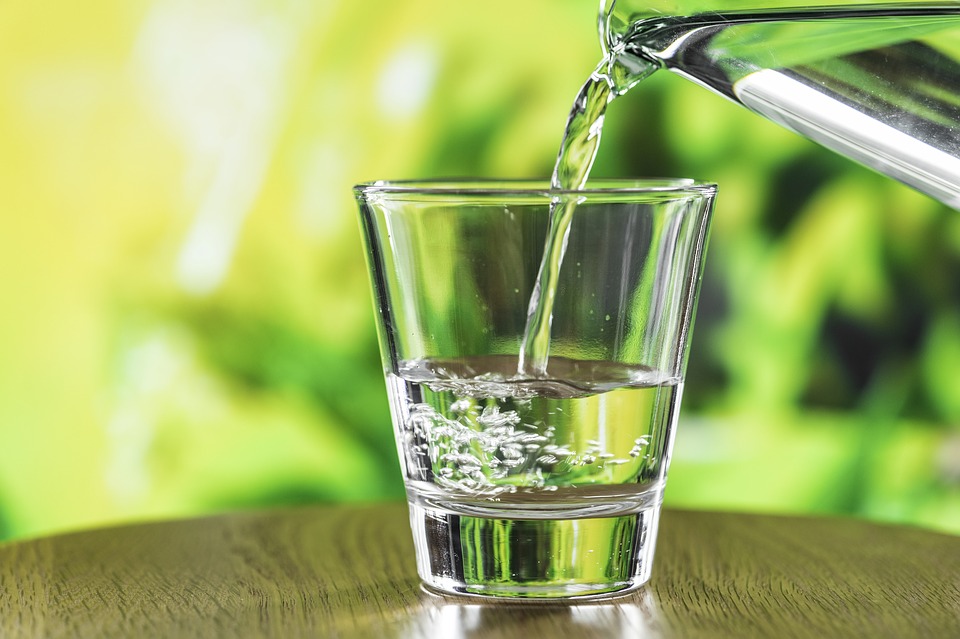According to the EPA, The Safe Drinking Water Act defines the term “contaminant” as any physical, chemical, biological, or radiological substance or matter in water. (Epa.gov) Ew. None of those things sound refreshing. Unfortunately, they’re unavoidable even in natural sources like spring water. Governing entities like the EPA and FDA exist to ensure that our drinking water is safe to drink with health standards and procedures in place.
So what’s the big deal about water?
Water is life! Adult bodies are comprised of around 60% of water. Babies, 78%. Water does all kinds of cool things like flush waste through our system (Get out! Get out! Get out!), help us digest our food by creating saliva, lubricate joints, helps our brains create hormones, and is a critical component to every cell in our body. Without water- we die so since we have to drink it. But we need to make sure it’s safe to drink. Types of bottled drinking water, regulated by the FDA include artesian well water, spring water, mineral water, and well water. The
EPA regulates municipal (tap) water. Types of treatments include ozonation, filtration, absolute 1-micron filtration and reverse osmosis and distillation.
Nerd Facts
Water quality varies based on its purpose, in this case, drinking. There are two kinds of regulations- primary and secondary. Primary regulations are requirements- health risks if consumed. Secondary regulations are not required, instead, based on the aesthetics of water- the way water appears and tastes. A laundry list of contaminants are found on the EPA website, but the basics are this:
- Disinfectants- Used to treat water. The idea is to ensure that after treatment of water, the number of disinfectants are reduced to safe consumption, (also known as MCL or Maximum Contaminant Level), not that they are completely removed. Chlorine would be an example of a disinfectant, mainly used in treating municipal water sources.
- Disinfectant byproducts- When the disinfectant reacts with water, the result is a byproduct. Some examples are chloroform, bromoform, and two other really long words. The main point is that when deciding on which health risk to prioritize, the CDC and WHO maintain that water disinfection is imperative. The byproducts, while potentially harmful long-term- eek- is the lesser of two evils.
- Inorganic chemicals- Metals and salts sans carbon. Compounds may also naturally occur in specific regions.
- Organic chemicals- These are human-made chemicals found in the water supply. They contain carbon and are from pesticides and petroleum distillate like kerosene, paraffin wax and gasoline, often used in industrial products.
- Microorganisms (bacteria, viruses, and protozoa)- Caused by feces in the water. Gross. Ew. Yack. FIltration and water treatment can’t target all of these microorganisms, but the numbers are relatively minuscule in the US. In developing countries, however, a significant cause of acute illness and death is due to untreated microorganisms in the water. (Enteric viruses that cause severe diarrhea leading to deadly dehydration among other diseases.)
Let’s break down the EPA vs. FDA. EPA (Environmental Protection Agency) regulates municipal or tap water. The FDA regulates bottled water as food. The regulations differ. We’ve talked about the EPA regs. But what about the FDA? How do they monitor bottled water? Basically, it’s the same standards as the EPA. Geeze, that was anticlimactic. The FDA requires that bottling companies define what type of water it is and that the labels are truthful, that it maintains MCL standards, and that plants are using CGMP (Current Good Manufacturing Practice) which means that the water is bottled safely and with sanitary conditions.
Thanks for riding the wave of information about water. (It’s a big one!) Without compliance measures for water, humans are exposed to an acute and chronic disease. Thankfully, the United States has strict regulations for obtaining safe drinking water. We can all do our part by using water responsibly, putting waste in the appropriate receptacles, and taking care of our environment as a whole.





